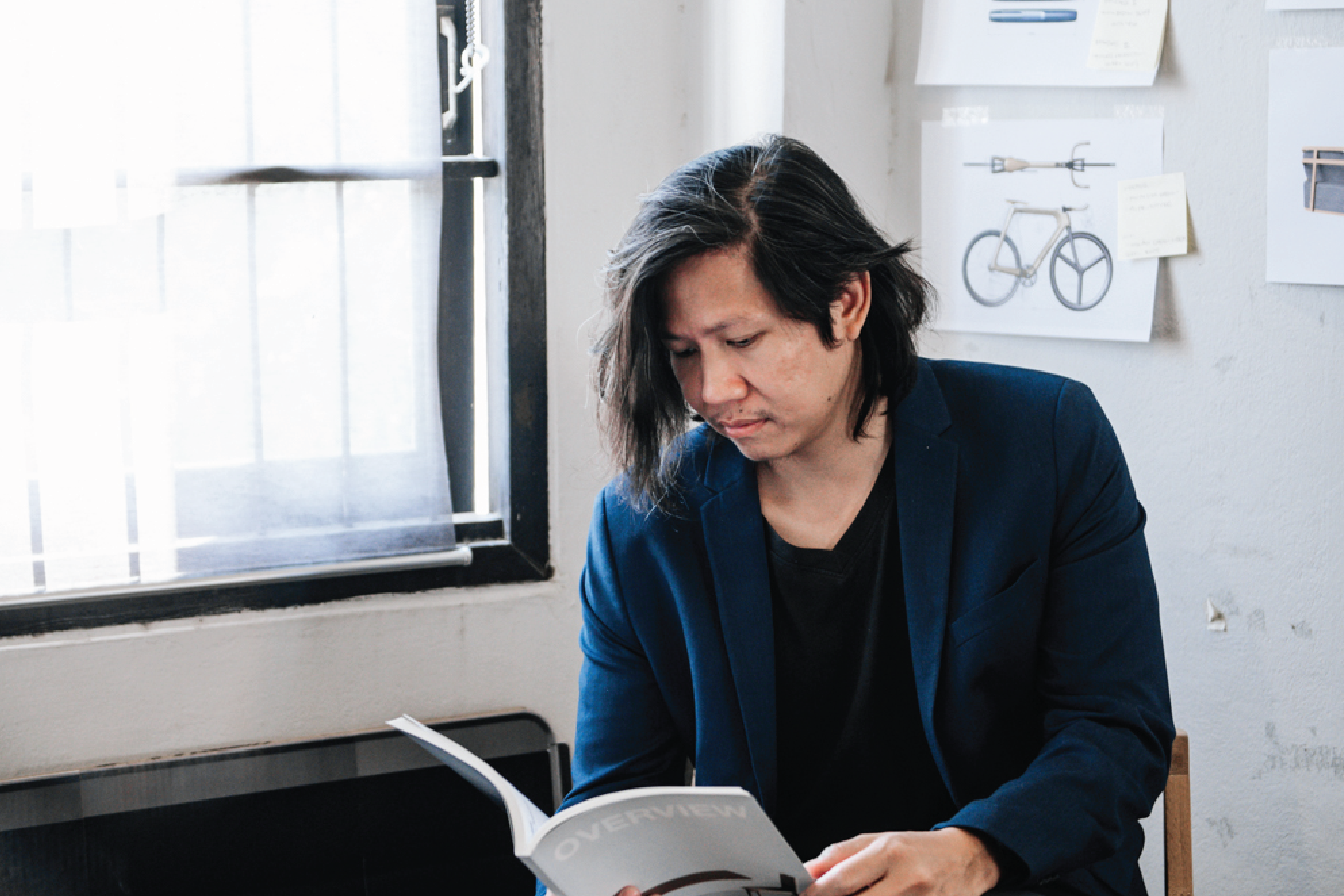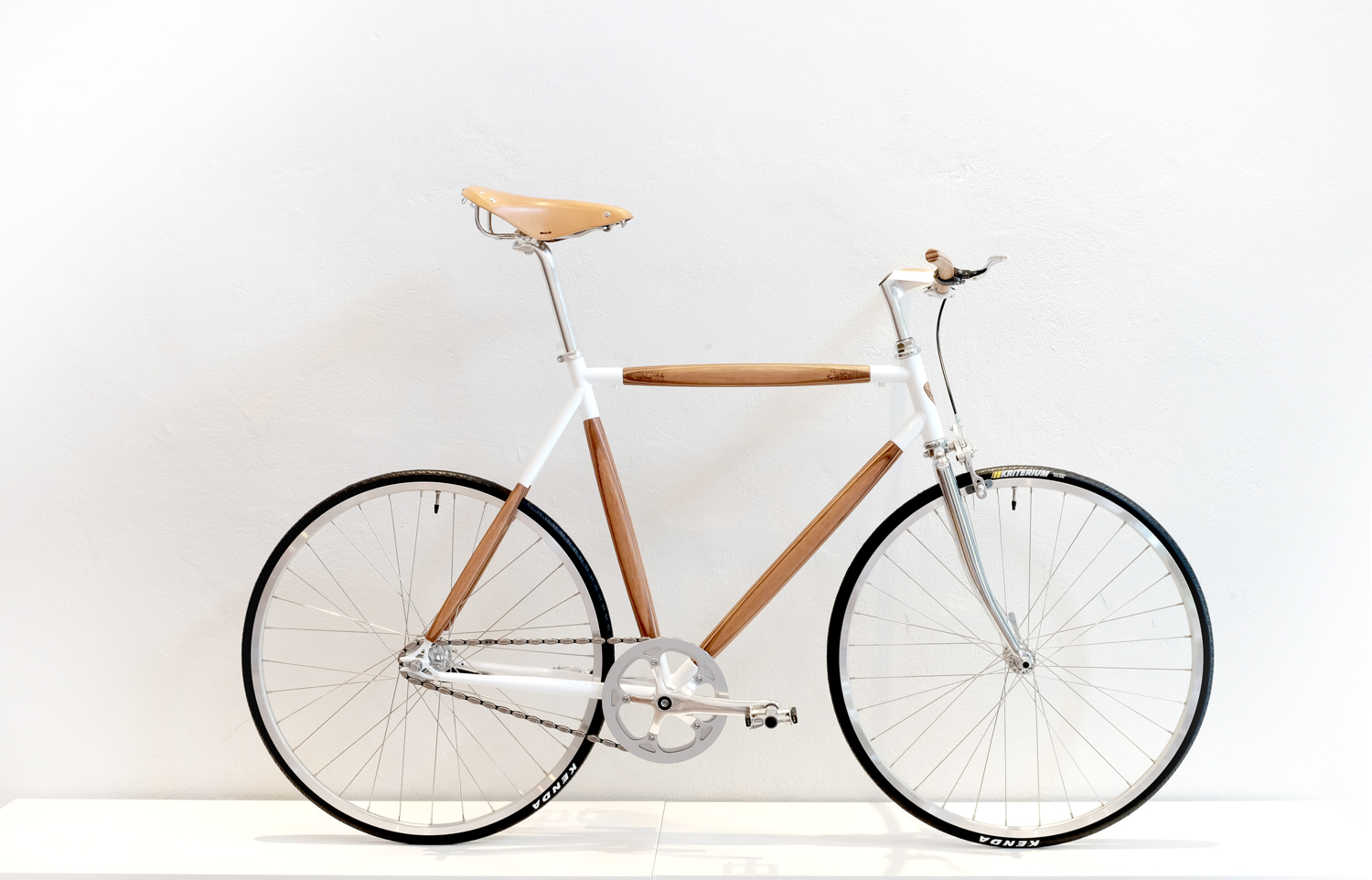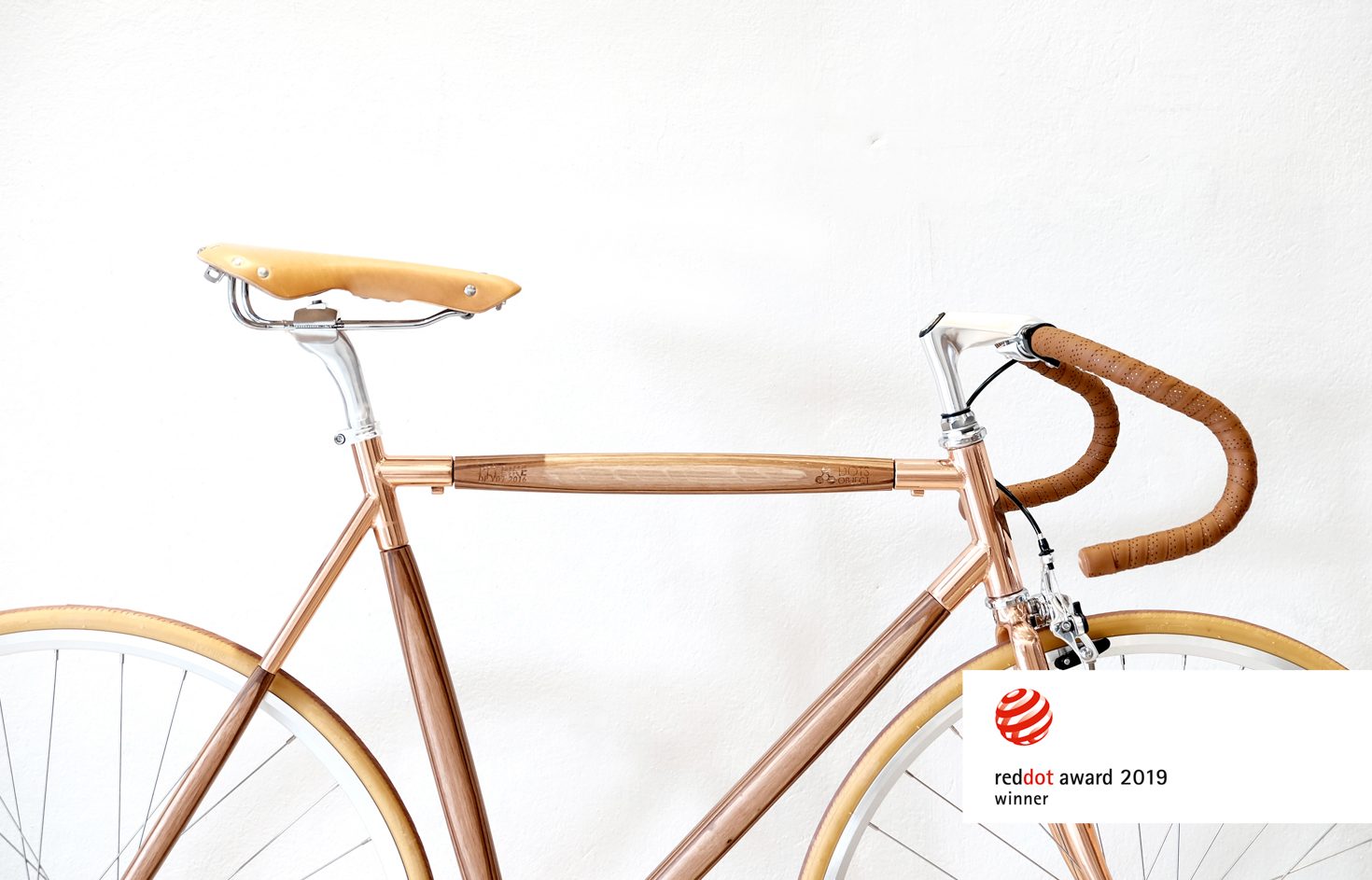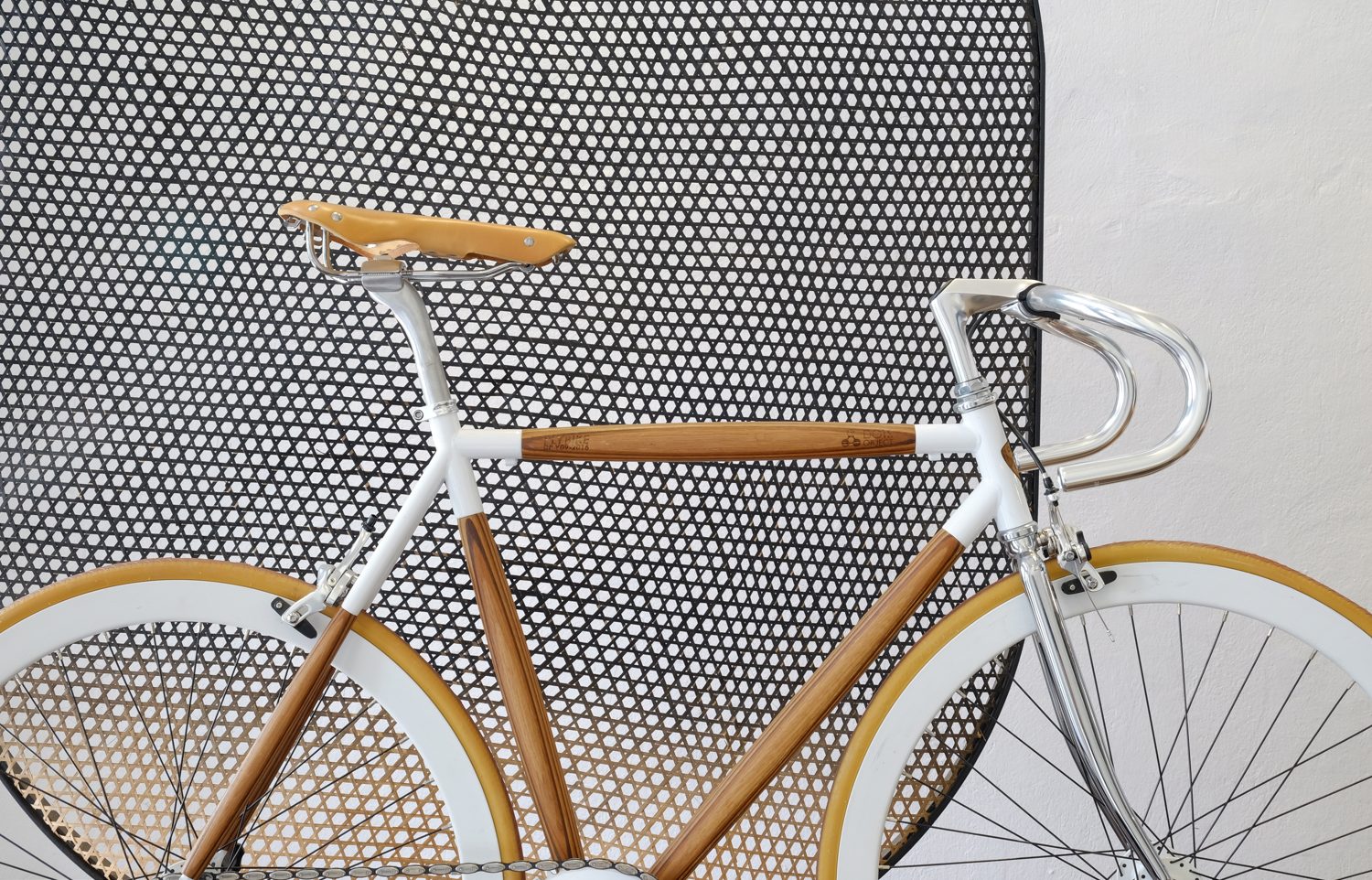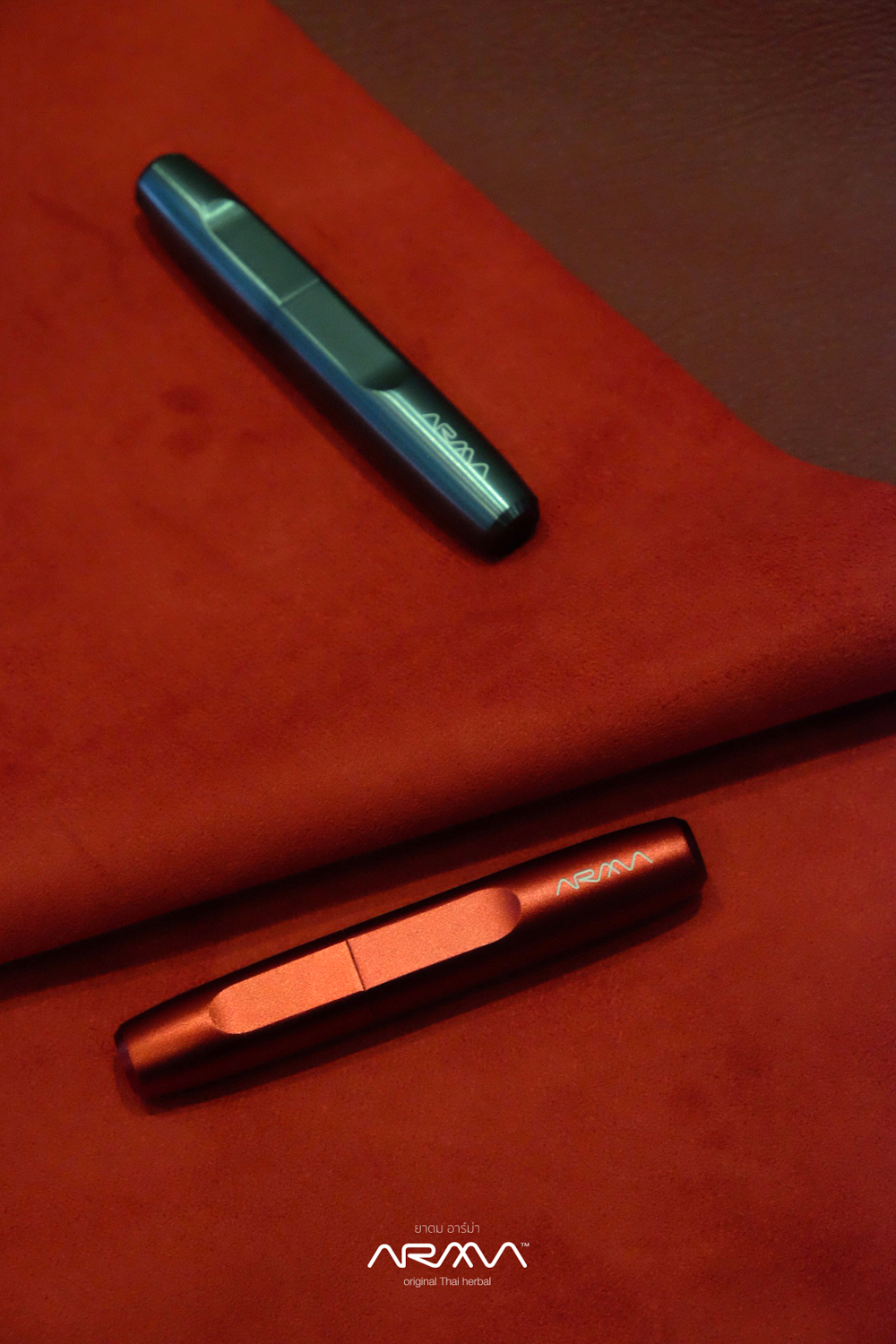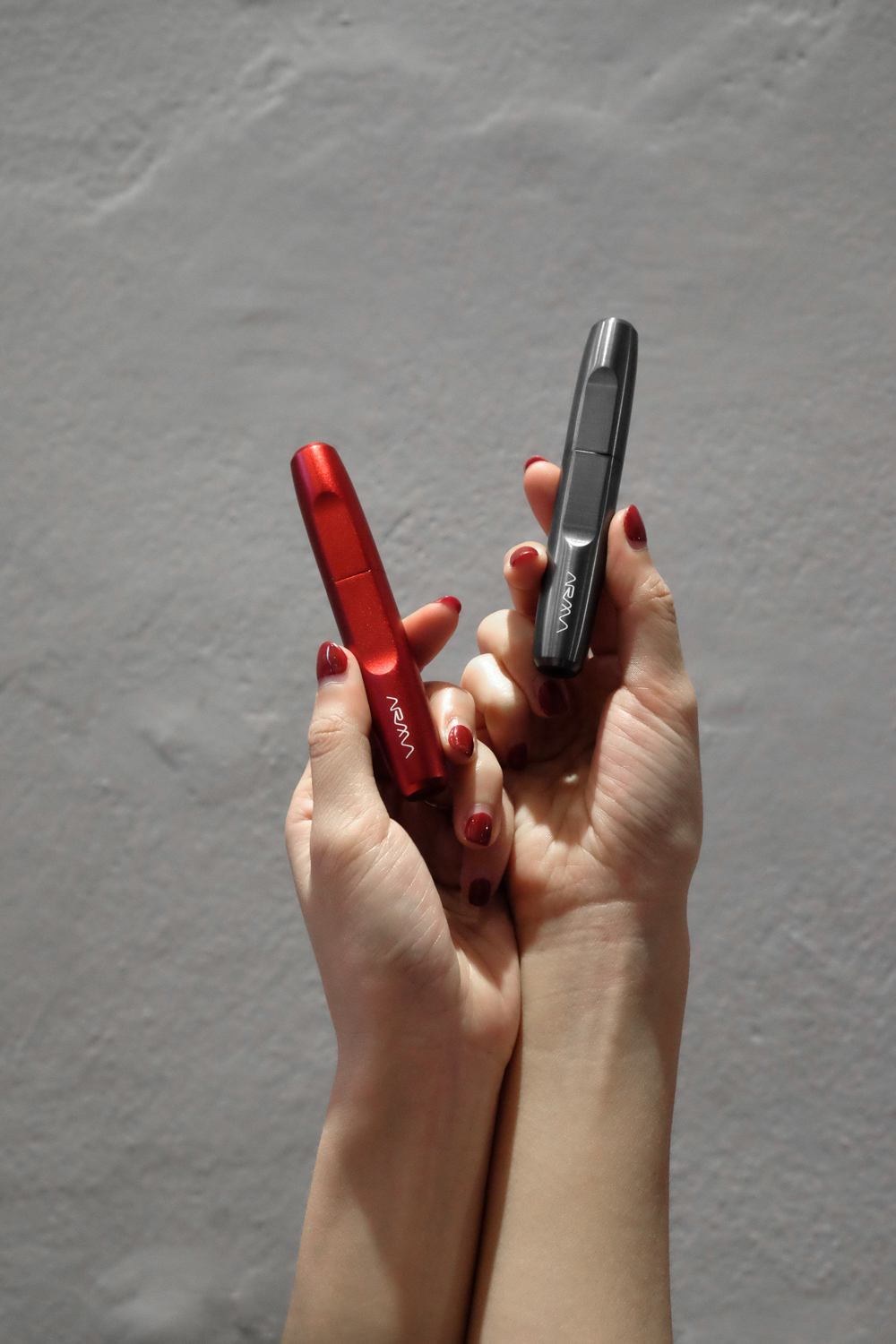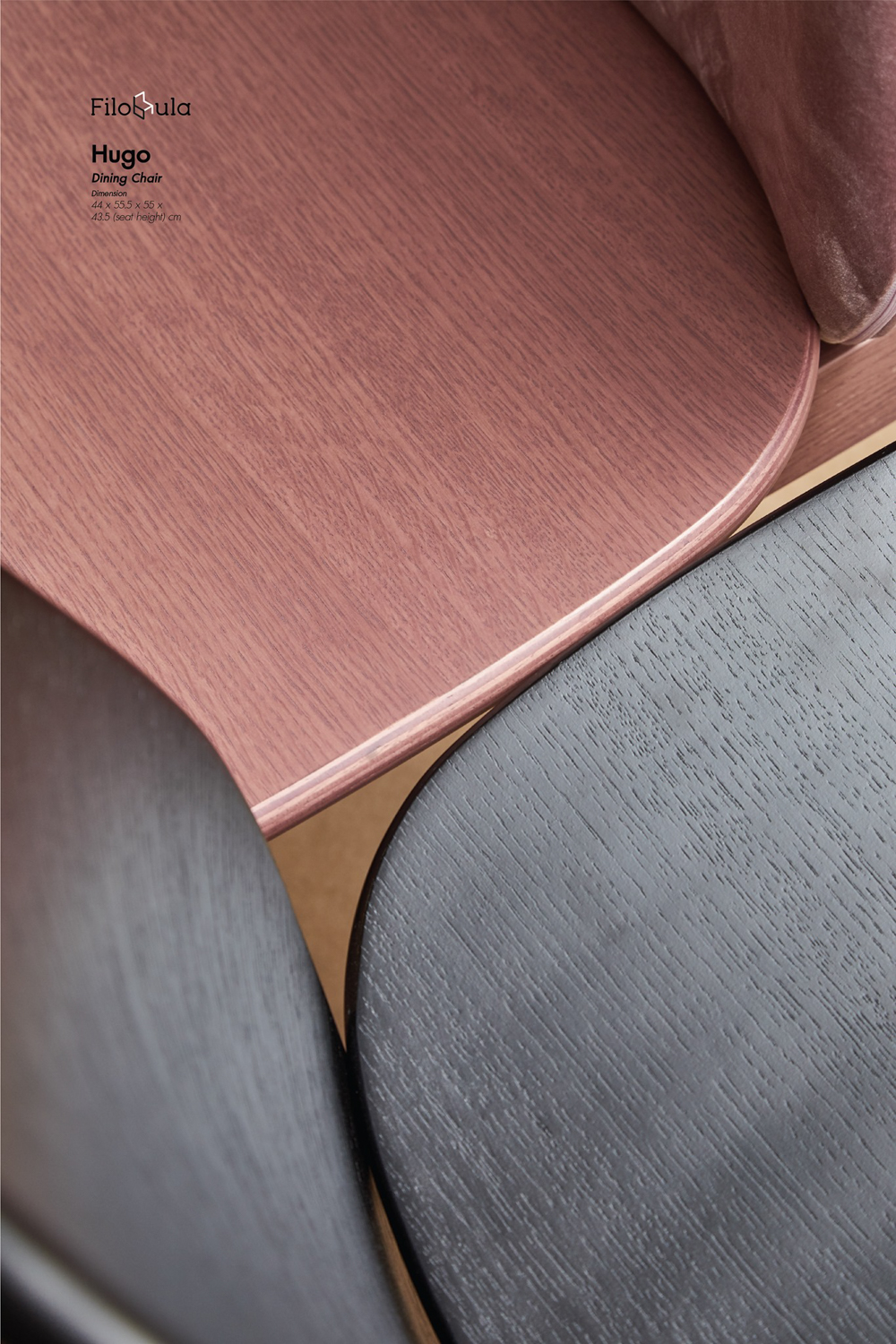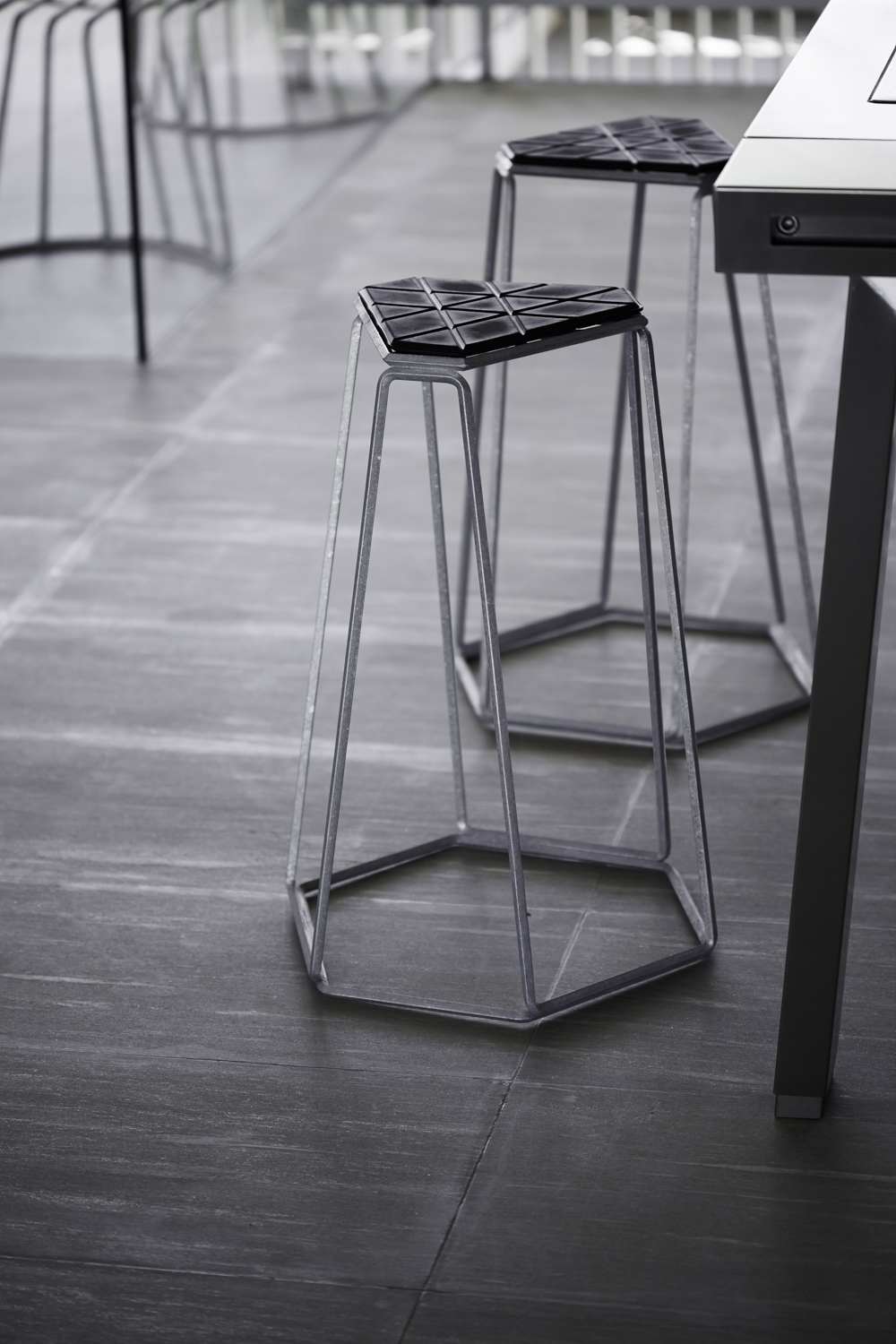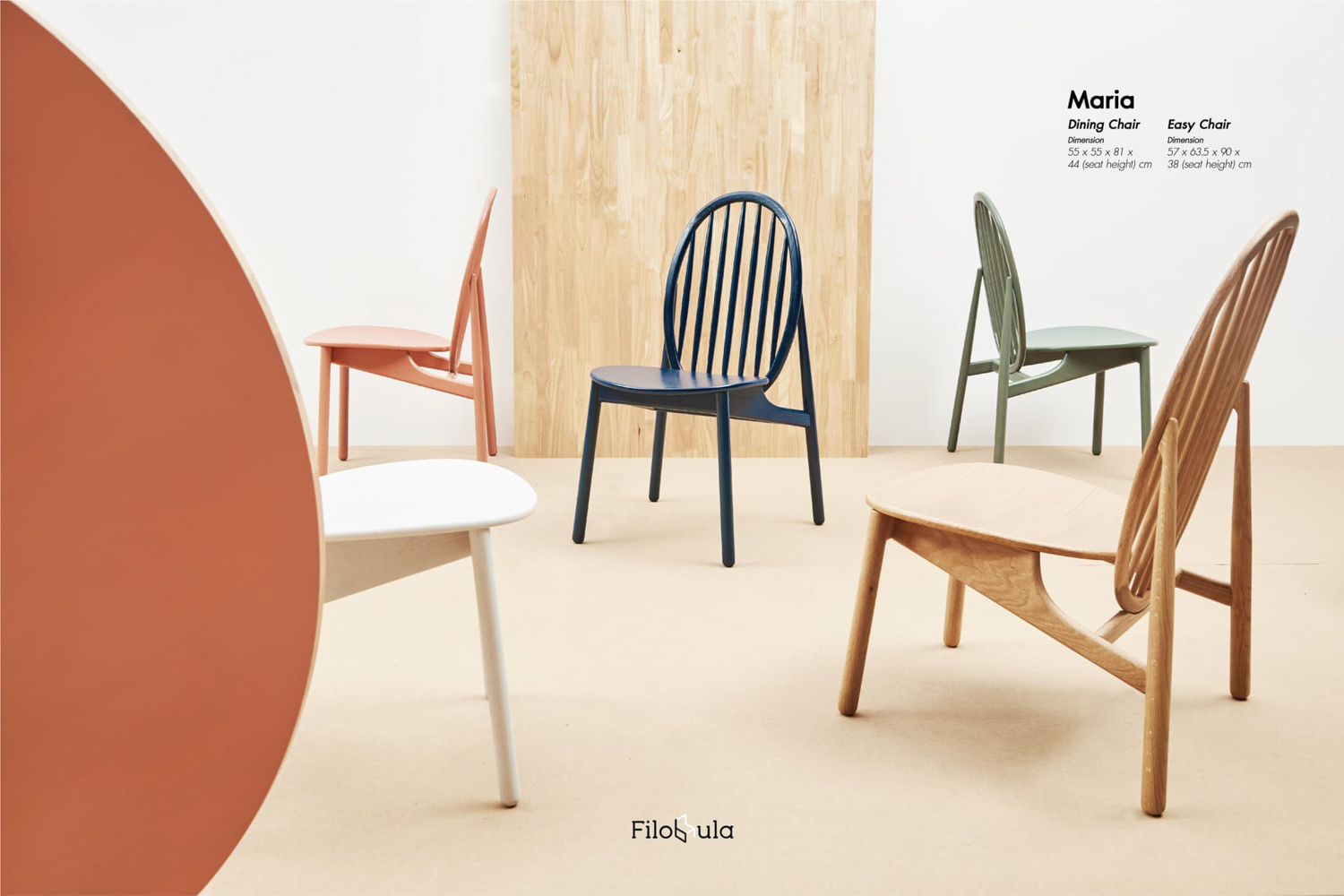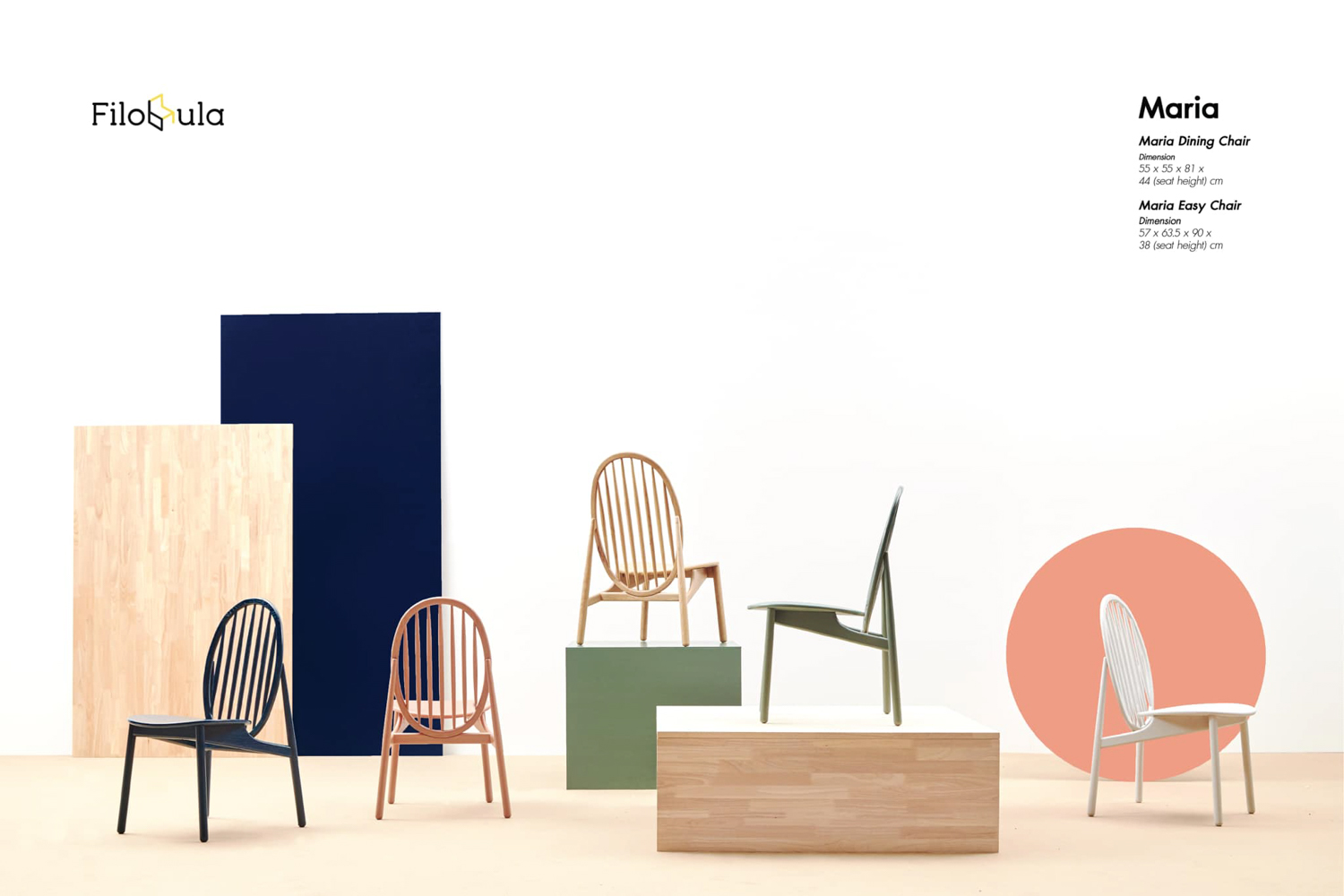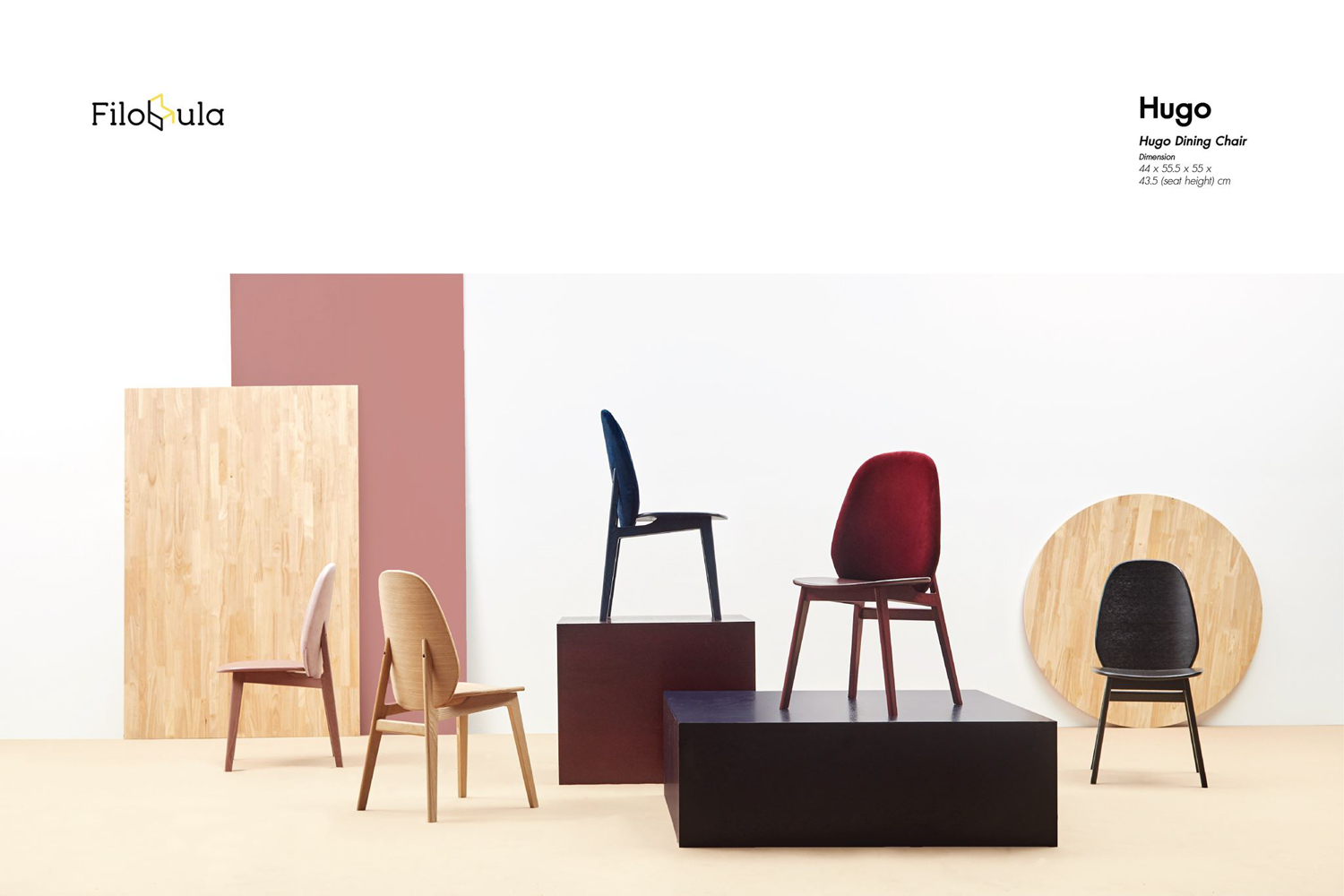LEARN MORE ABOUT THIS PRODUCT DESIGN STUDIO FROM THE EARLY YEARS OF STARTING THE FIRM IN COLLEGE TO WINNING SEVERAL RENOWNED AWARDS AND FIND OUT ABOUT THEIR UNIQUE THINKING PROCESS THAT FOCUSES ON PROPOSING THE DESIGN WITH NEW POSSIBILITIES AND BALANCE
TEXT: PRATARN TEERATADA
PHOTO COURTESY OF DOTS DESIGN STUDIO
(For Thai, press here)
Krit Phutpim founded DOTS DESIGN STUDIO with a group of friends who are all KMITL (King Mongkut’s Institute of Technology Ladkrabang) graduates and have been working together since their college years. Their studio has won several awards from DEmark, G-mark to RED DOT including the title, 2019’s Designer of the Year. Most of the works in the studio’s portfolio are designs that deliver new solutions to clients. But a lot of the time, they develop products from their inner passion with the marketing strategies that follow way later, whether it’s the DOTS wooden bicycle or their recent project, DOTS Bamboo Kayak. Phutpim talks to art4d about his thoughts on the designs that he and his fellow partners over at DOTS have created.
art4d: Could you tell us about the beginning of DOTS DESIGN STUDIO, how did it all start, how do you guys work and what are your future goals?
Krit Phutpim: The origin of the name actually dates back to our college years at KMITL. My friends and I were working on design projects here and there and we wanted to come up with the name of our team so that it would be easier to work with clients. The name was chosen because in basic art theory, a dot is like a small beginning.
We thought about the fact that all these different dots are connected into lines, and lines become a form or a shape. We like the name because it’s like a small beginning which can lead to the development of many other things. We decided on the name and used it to represent our group when we worked with clients while we were students. After finishing university, we parted ways, some went to work, some went on to pursue their studies. I went to Sweden and graduated before I came back to Thailand and started working. I think the point where we really started working as a team again was for the Salone Satellite / Milan Design Week in 2006 and we decided to use the name ‘dots’ to register our team for the event. I think that marks the official start of us working together as DOTS DESIGN STUDIO.
Initially, we wanted DOTS to be like a space where we work and put something out that isn’t just a design service, but projects that our team is interested in at different points in time, for example, the wooden bicycle or the kayak. We’re a product design firm that tries to look at problems and requirements as challenges. We use a different design thinking process to propose new possibilities for a project, combining that with styling, which is something we’re good at, and finding the right balance for each work.
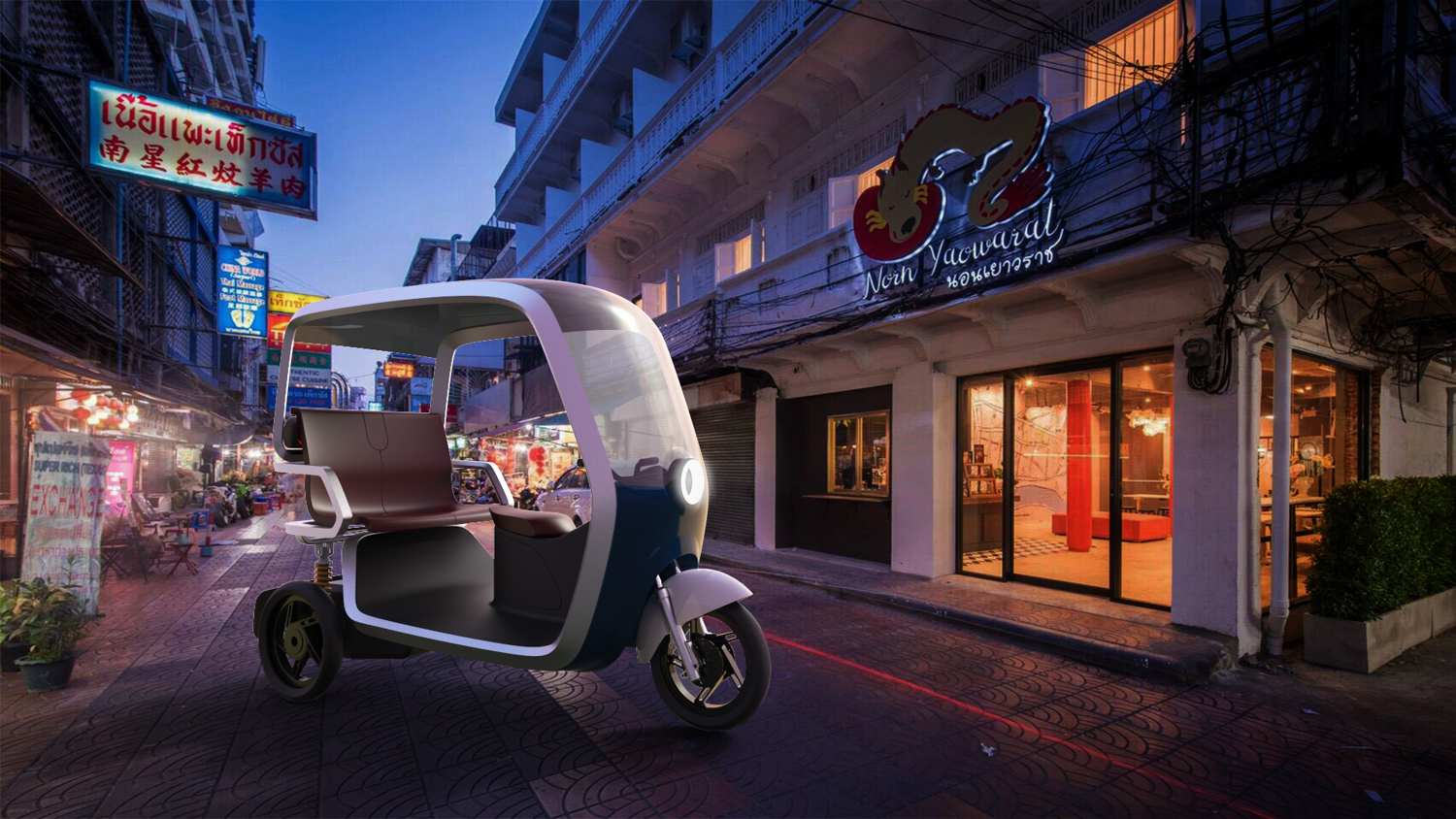
Render Chinatown
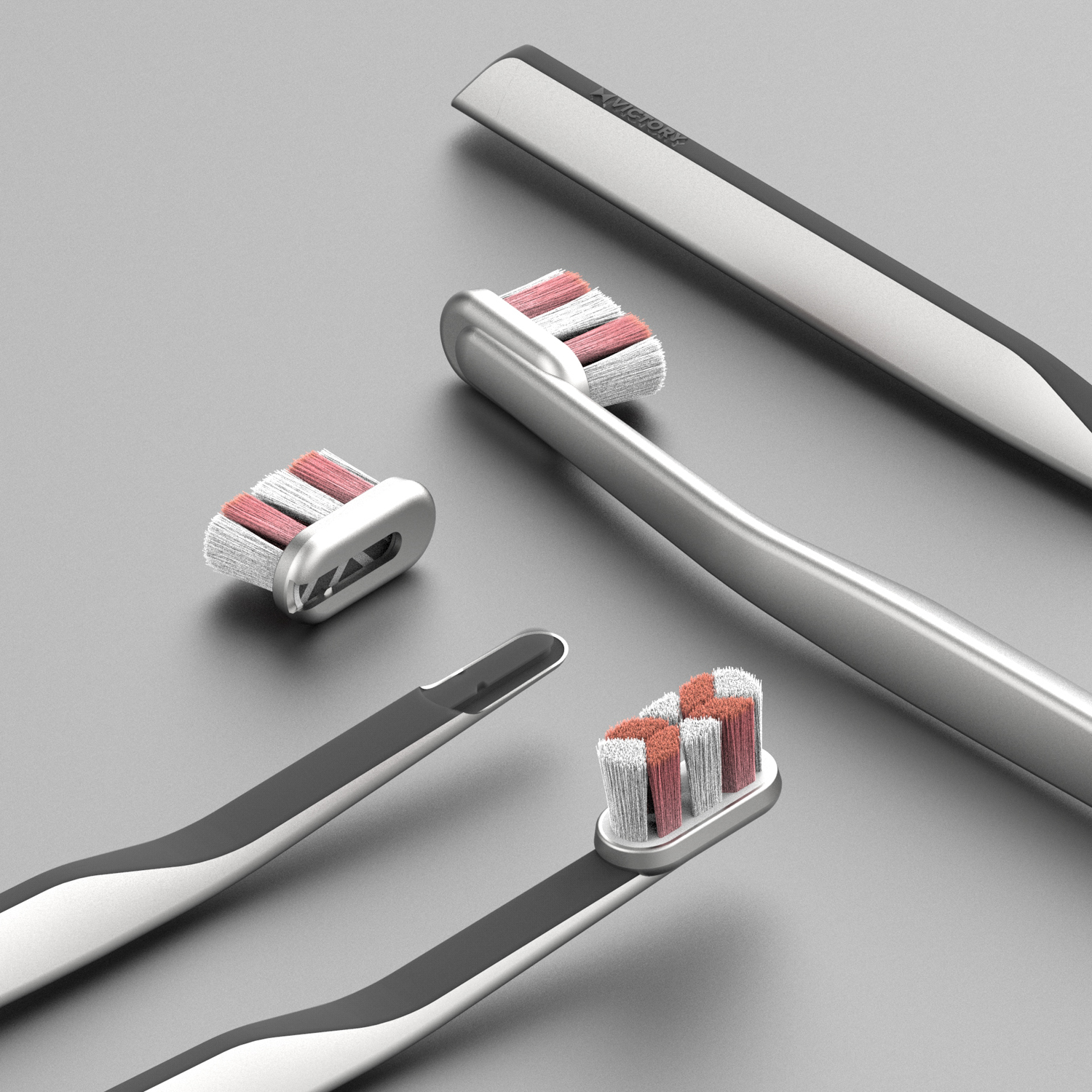
Vicotry bruch
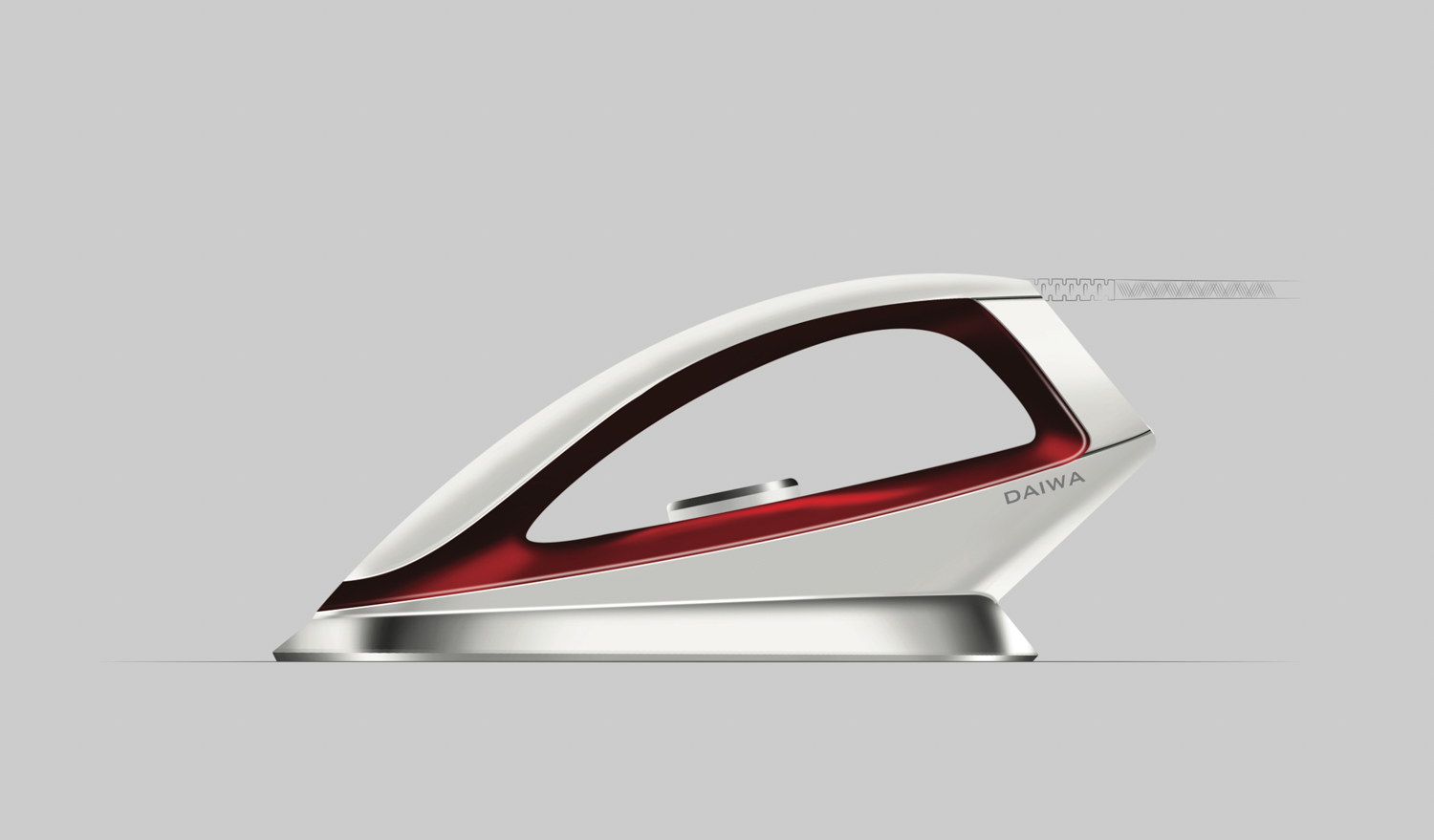
DAIWA skd
art4d: What do you think is the reason that makes you continue your profession as a product designer?
KP: I like design. I like having fun with it. I’m lucky in a sense that I’ve always been interested in designing and inventing things since I was a kid. I like to look and imagine things around me. So, now that I’m all grown up and able to make it my profession, I think it’s something I’m naturally good at. And there are always challenges in every project. It isn’t just about designing a beautiful-looking product. Once it’s a profession, I have to think about other aspects of the work, from marketing, consumers’ behaviours, or new technologies. All these aspects are what I’m interested in and eager to learn more about.
DOTS’ design team is always looking for something fun and playful when we work. We have to admit that the industry and diversity of brands and products in Thailand are quite limited, but we see that creativity can still be used in product development. I believe this can help Thailand evolve from a manufacturing country and we want to be a part of that mechanism that will help propel the process to move even further.

coffee or tea
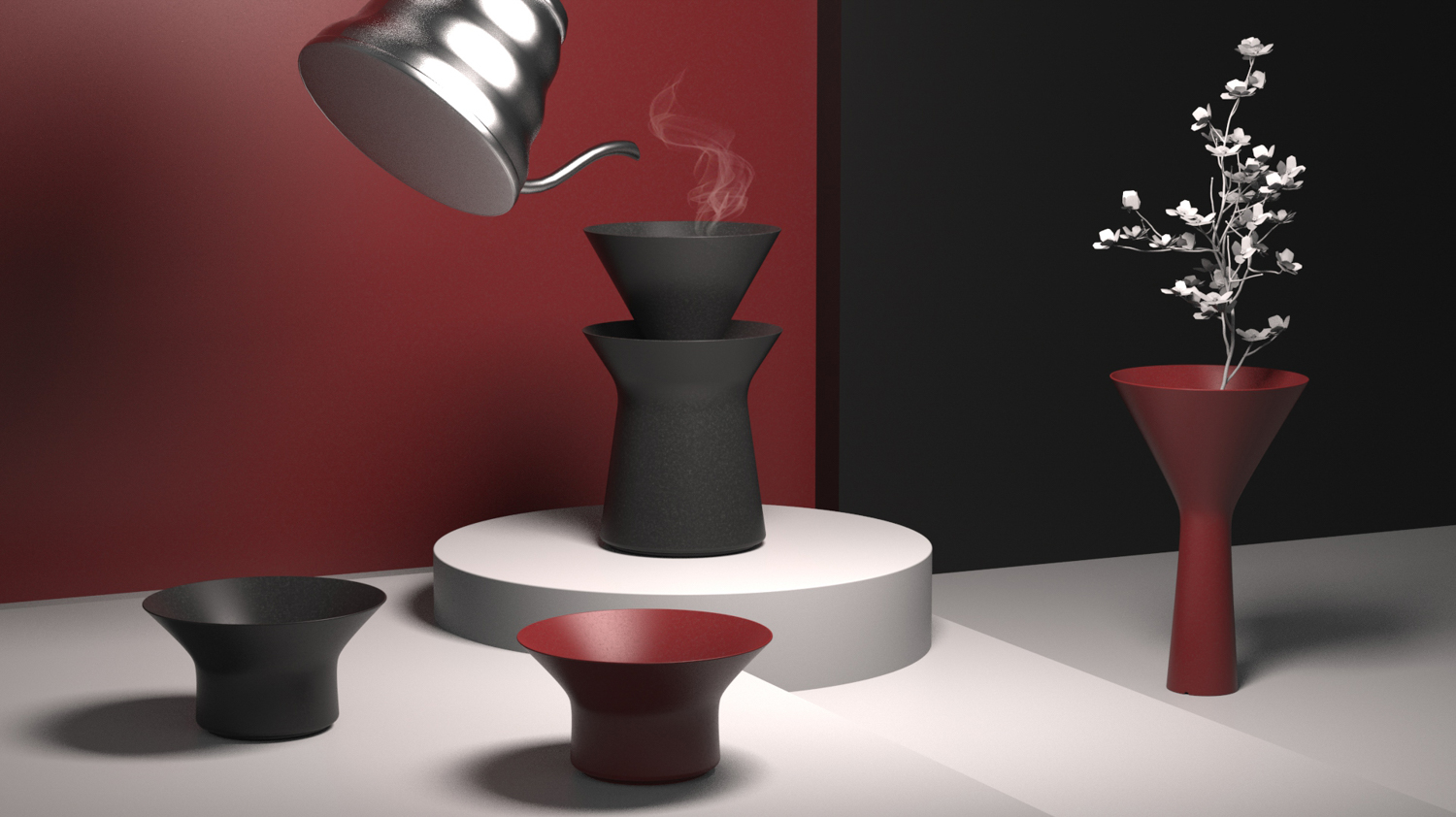
coffee or tea
art4d: What are the qualities that a good design needs to have?
KP: A good design should fulfil users in all different aspects. But a design I personally think is good may not be the same as what other people think is good. People say that the iPhone is a good design and easy to use but there are also people who say Samsung or Android are better so there are many aspects and dimensions to what’s considered a good design. When it comes to design, there are many criteria involved, for example, users’ behaviours, manufacturing limitations, technologies, market trends, or even lifestyles. All these factors are what we use as the raw materials when we work.
For example, furniture is a commercial product and the thought process and how solutions are developed as well as context are different from the process of an artistic creation. Nevertheless, there’s still the beauty and artistic aspect involved, at least to a certain extent. A person might look at a piece of furniture and think it looks nice and they like it, while some will instantly like anything from the brand they love. And there are people who look at the functionality and reasonable price. That’s because the factors that influence each person’s conditions and what they prioritize are different. Simply speaking, it’s about personal preferences and taste, cultural background or even the place you live, the way your personal experiences affect your decision, including trends and marketing.

dots bamboo kayak
art4d: You’ve recently released your kayak design, how did that project come about?
KP: My background is in product and transportation design so transportation is always on my wish list in terms of the projects I want to do, and the kayak is one of them.
In 2019, I had a chance to participate in a program, which was facilitated to help Thai entrepreneurs and designers develop Thai brands, and look for new possibilities in product development. DOTS was interested in the bamboo products by the brand Bambunique and we proposed the idea of experimenting with bamboo, and looked for the possibility of developing it into a product that would fit our philosophy and approach to design.

dots bamboo kayak
art4d: What was the design process of this kayak like?
KP: We studied the physical properties of bamboo and found that it’s a very interesting material because it’s highly sustainable, grows incredibly fast, with great elasticity and its light weight. Bamboo is also very durable. We also wanted to test our craftsmanship skills, and the product is also something I specialize in so the project was materialized.
Bamboo has been used with water. Thai people have and continue to use bamboo to build rafts and houses. I think bamboo has all the qualities that would make it a perfect material for a boat. In terms of design and styling, we began by studying different types of boats that would suit the physical properties of bamboo. Obviously, the styling has to be beautiful and cool in the way that would represent DOTS’ character and it needs to be perfectly functional. We did several tests with the design of the kayak. We also did many mockups to test how it would float on water.
We spent quite a lot of time on developing the craftsmanship techniques that would help mould bamboo into the desired shape and all the while we were figuring out how to produce the kayak on an industrial scale so that the techniques can be applied to future factory production. A good design doesn’t end on paper. You need to keep developing and passing on the manufacturing techniques that will deliver you the best product possible.
We’re interested in starting new projects, designing sailing boats and speed boats. We’re looking for someone who will be the project’s owners; someone we will have fun working with.

dots bamboo kayak

dots bamboo kayak
art4d: Did you have to work with engineers as well?
KP: Most of our works require us to work with engineers, but to what extent depends on the nature of the project. We think it’s necessary to have an engineer providing support in production engineering. Vice versa, an engineering project needs design thinking to help find the right solution. Everything relies on each other and they need and complement each other. For instance, if we wanted to design the chair with the lightest weight possible, we need the know-how in structural engineering to help with the calculation, and production engineering to help us figure out how to keep the material light yet strong.
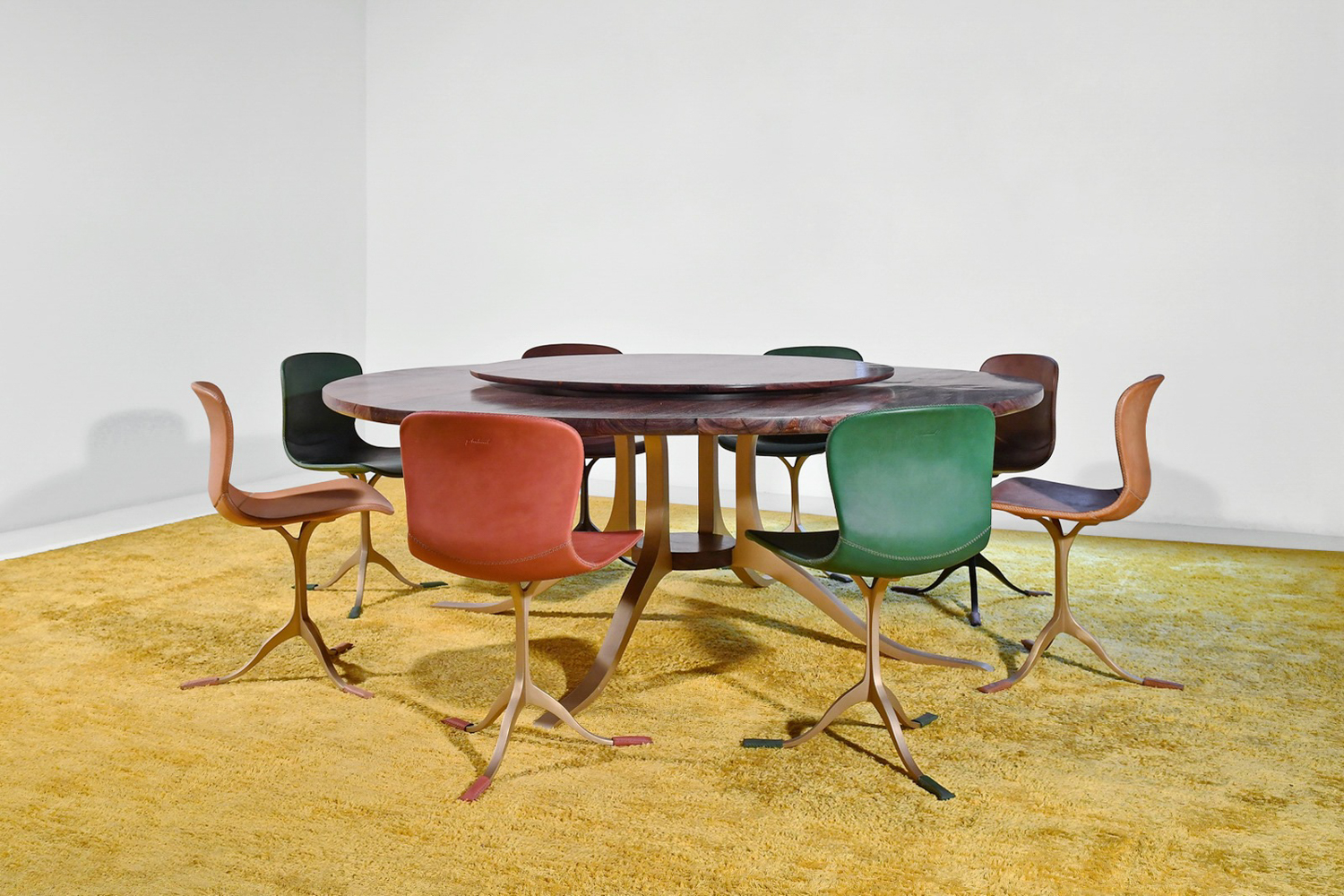
P. Tendercool – KING ARTHUR’S WET DREAM
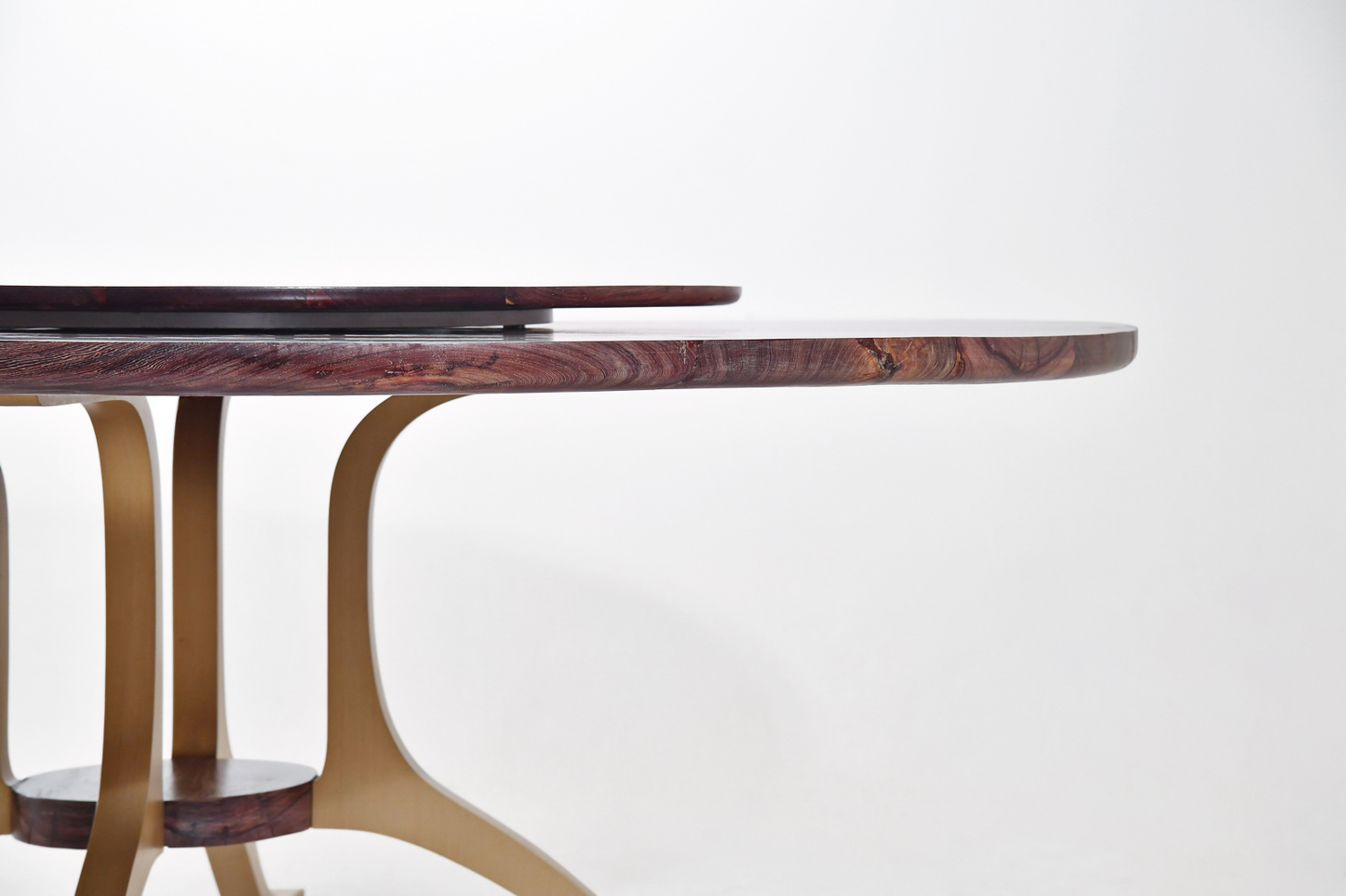
P. Tendercool – KING ARTHUR’S WET DREAM
art4d: What are the differences between working on a project for a client and creating a product to fulfil your own interest and lifestyle?
KP: When it comes to working with a client, the design always focuses on the requirements from users and the project’s owner. But a lot of times, we add our own styling, taste and preferences into the work but we always put the work’s context into consideration. On a lot of the projects we’ve worked with, the owners like our style and they’re confident in our taste. That’s the basics and where the projects usually start.
The projects we have initiated ourselves mostly originate from our personal interests or us seeing a potential in a product. With the arma herbal inhaler, for example, the design process is similar to the way we work on a client’s project but everything is executed faster because we already had the final result envisioned in our mind. Some of the projects, we think of ourselves as the targeted users so we know the behaviours and demands already.

art4d: What do you think is the most important lesson you’ve learned from being in the product design profession?
KP: I can say that we’ve learned from every project we’ve worked with. We’ve had a chance to work in several industries, each has different techniques, methods, and perceptions, from large-scale industrial manufacturers, to small local craft communities or even owners of small businesses. What we’ve learned is how we look at these different takes and insights and thought processes of people from various, interesting backgrounds. In the early years of our career, we used to think that our designs were good but wondered why the product didn’t sell as well as we expected them to, and that was probably because we didn’t understand the entire process. This is why I think looking at things from the big picture allows us to understand the contexts better, to see things from different perspectives. It’s like when you step back, and you’re starting to see different hidden corners that you’ve never seen before.
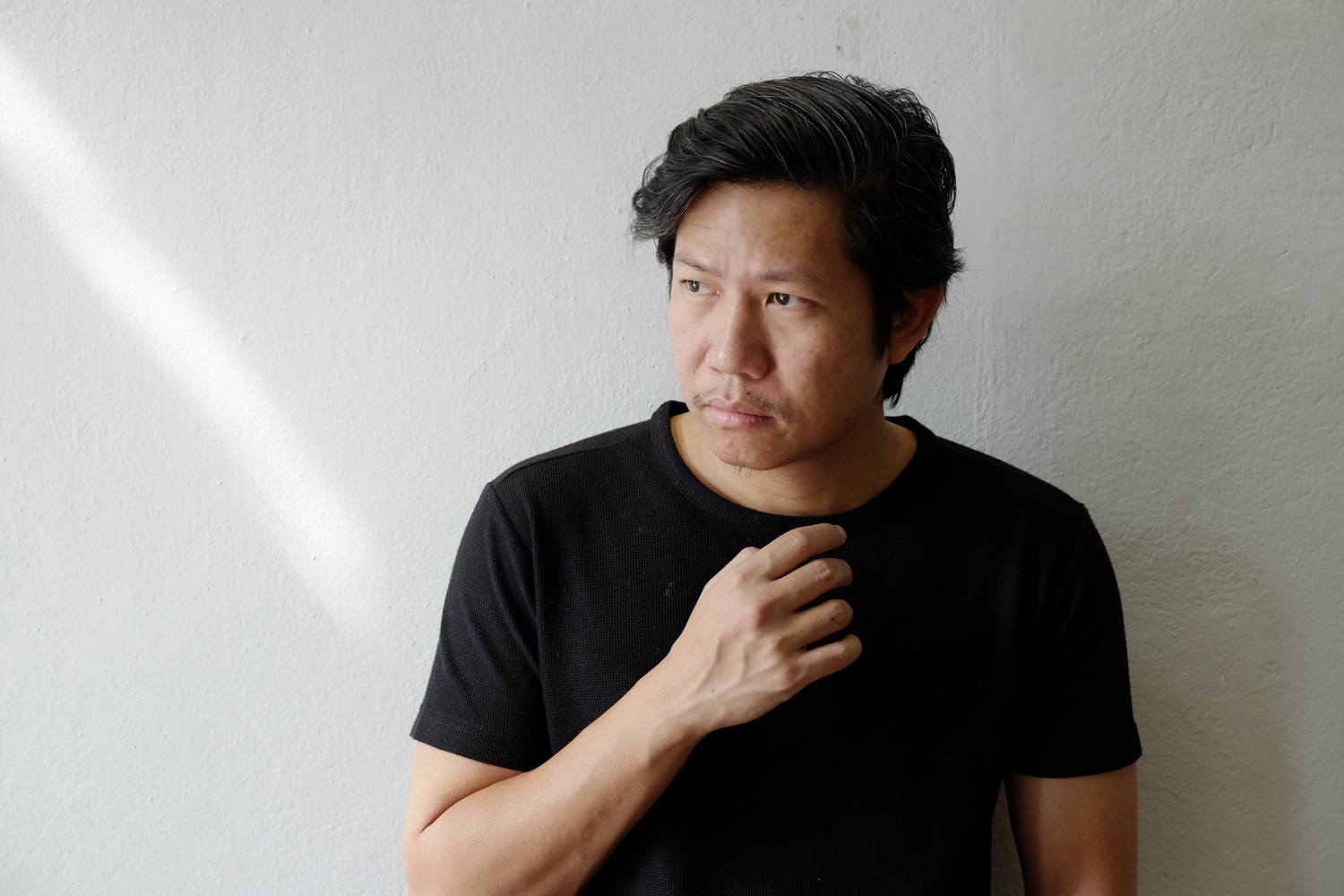
art4d: Do you have any suggestions for young generation product designers?
KP: If you want to work in design, you need to learn to think like a designer, and live like a designer. Take time to think about what you’re passionate about within the 24 hours of your day. I believe that through the process, how you look at life, your passion or hobbies will determine what kind of person you are or whether the design profession is something that really suits you. May the force be with you!

